Yoga offers a host of health benefits, including stress relief and mental clarity, but many people don’t think it’s for them. There are, however, so many approaches to yoga—Ashtanga is a fast-paced flowing style while Kripalu combines gentle movements with a philosophy of compassion and mindfulness—that if you are interested, you should be able to find a yoga style that fits your needs and reap these great benefits. Here’s how to get started (or continue) on your individual yoga path.
Getting Started
One way to find which type of yoga is right for you is to think of why you might have been interested in yoga in the first place—or, perhaps, what you didn’t like about past yoga experiences. Consider whether you want a lot of physical intensity (do you like to sweat?) or gentle poses, if you’re recovering from an injury, want heightened spiritual awareness, and so on. Your preferences may also change from day to day or with the seasons (during the winter, some are drawn to heated yoga practices).
Nine Styles of Hatha Yoga
Here are nine internationally recognized styles of Hatha Yoga, ranging in intensity.
1. Ashtanga Vinyasa Yoga
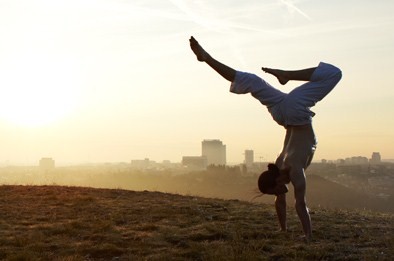 Helps build strength, flexibility, and mental focus through a sequence of movements. Vinyasa is a flowing style of yoga which links the movements or asanas with breath work. Ashtanga yoga is a series of poses done in a quick-paced Vinyasa flow.
Helps build strength, flexibility, and mental focus through a sequence of movements. Vinyasa is a flowing style of yoga which links the movements or asanas with breath work. Ashtanga yoga is a series of poses done in a quick-paced Vinyasa flow.
2. Jivamukti Yoga
Combines the physical style of Ashtanga with meditation and spiritual teachings. Think chanting and readings combined with standing poses and backbends. Developed in 1984 by David Life and Sharon Gannon, this style is described by the Jivamukti Yoga School as “a vigorously physical and intellectually stimulating practice leading to spiritual awareness.” The school claims that the average Jivamukti student knows more about the philosophy of yoga than most yoga teachers because of the emphasis on traditional teachings.
3. Bikram Yoga
Practiced in rooms heated to 105 degrees to help you sweat out toxins and keep flexible. If you like it hot, you’ll like Bikram. The 26 yoga postures developed by Bikram Choudhury, according to Bikram’s Yoga College of India , are designed to give every component of your body what it needs for maximum health and functioning.
4. Integral Yoga
A gentle, holistic practice meant to be incorporated at work, school, and everyday life. The Integral Yoga Institute of New York City says Integral yoga’s use of traditional postures can help develop “an easeful body, a peaceful mind, and a useful life.”
5. Iyengar Yoga
Focuses on experiencing each pose and proper alignment. Postures are held longer in Iyengar than they are in other yoga styles, and props like blocks, straps, and cushions are also encouraged. It’s one of the most popular styles of yoga in the US and was developed over seventy years ago by B.K.S. Iyengar.
6. Kripalu Yoga
Focuses on meditation and breathwork while promoting physical healing. Psychological and spiritual growth are big components of this school, and there’s a great emphasis on approaching yourself and others with compassion and kindness.
If you consider yoga as meditation in motion and are interested in transforming your life, Kripalu, “the yoga of life” may be for you. A variation called Kripalu Yoga Dance blends dance and yoga.
7. Kundalini Yoga
A branch of tantric yoga that emphasizes the wordless experience of yoga and heightened awareness. Kundalini was once a closely guarded secret, until Yogi Bhajan brought the practice to the West in 1969. Described by Bhajan’s 3HO foundation, the practice “combines breath, mudra [postures, usually of the hands], eye-focus, mantra, body locks, and postures in a precise, conscious manner to affect body, mind, and soul.”
Kundalini may be the school to explore if you’re interested in a philosophy of living or finding your true path in life, as well as physical benefits of yoga.
8. Sivananda Yoga
A slow-paced practice built around a series of 12 basic postures in tandem with “proper” habits and thinking. According to the International Sivananda Yoga Vedanta Centres, founded by a disciple of the Swami Sivananda, Sivananda teaches 5 principles of yoga: the basic postures for flexibility and strength, proper breathing, relaxation, a healthy vegetarian diet, and positive thinking and meditations.
9. Viniyoga Yoga
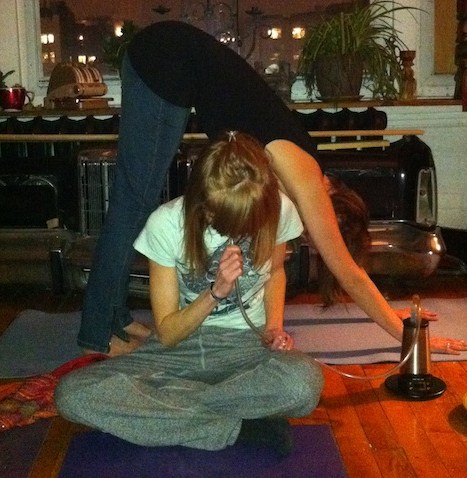
A customized yoga practice, where the poses and breath are synchronized according to the individual’s needs and interests. This adaptive approach to yoga is also holistic—incorporating breathwork, postures, sound, meditation, and readings. The American Viniyoga Institute says viniyoga is different from other yoga practices with its focus on repetition, holding of postures, and adaptation of the postures, breath, and sequences for different results.
There are several other types of yoga not mentioned here, offshoots and variations of the above as well. Yoga Journal’s Not All Yoga Is Created Equal is a great guide to some other styles not covered. You can also find a quiz there that may help you match your personality and body type to a yoga style.
> How to Find the Right Style of Yoga for You | LifeHacker

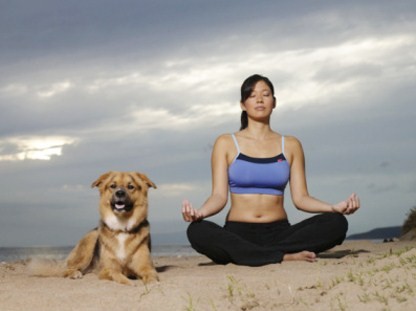
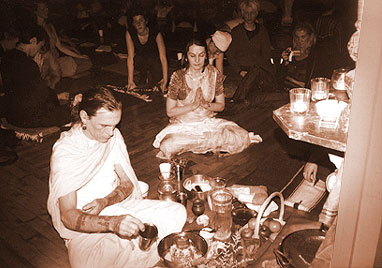
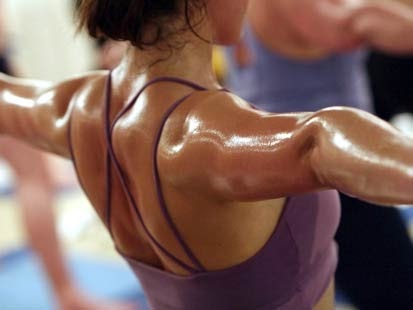

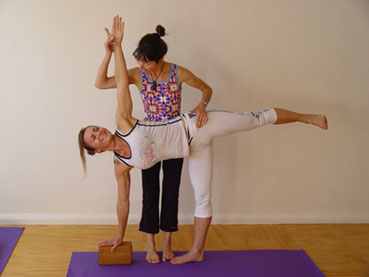
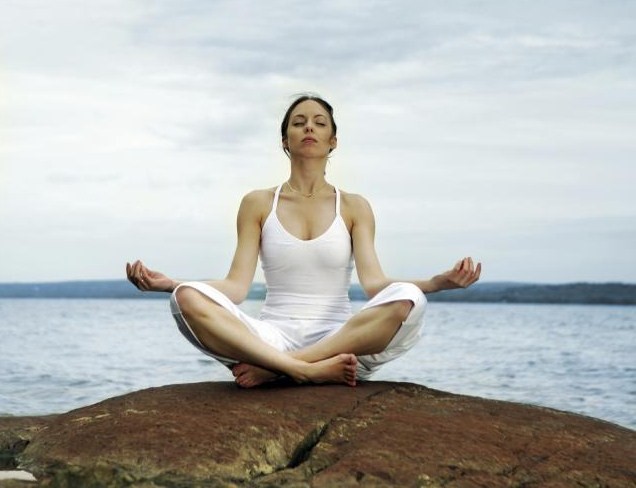
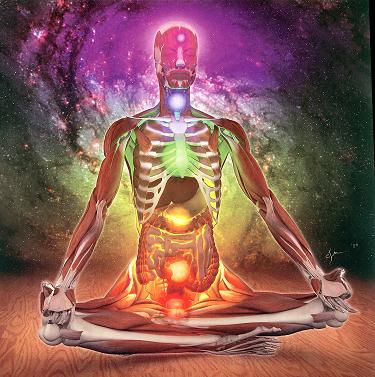

Comments are closed.